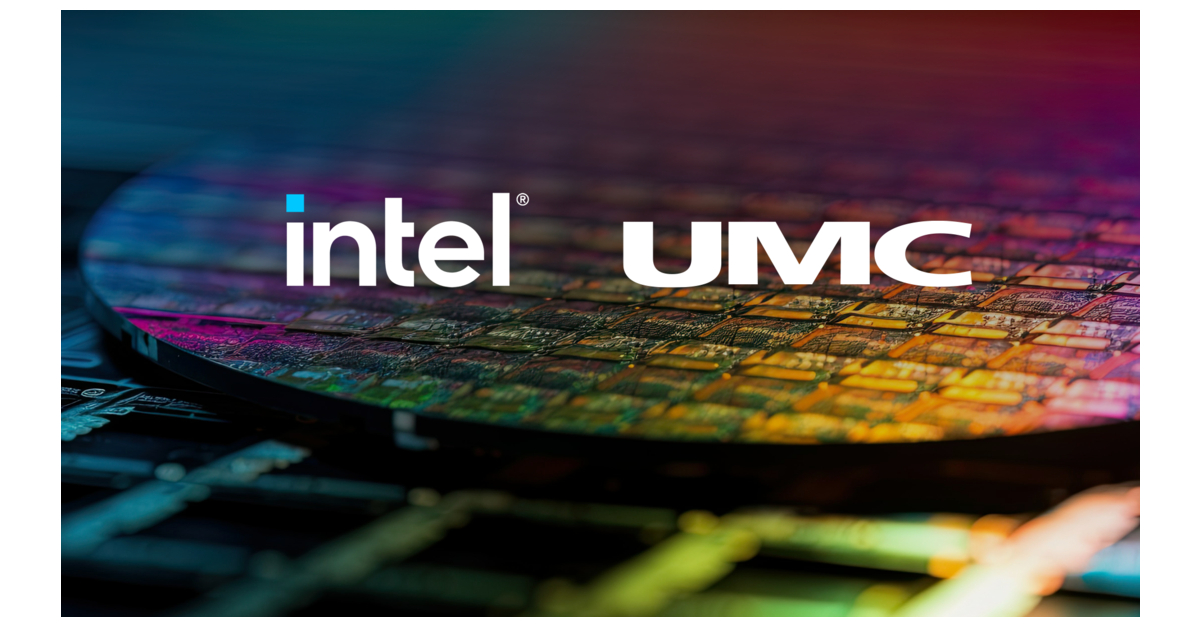I don't think that is literally possible without a ton of work. It would be like splinting TSMC fab18 in half for UMC.
View attachment 1630
All the phases share an office and I bet they also share utilities lines and some other site level support facilities. To split the fab would mean new office space, new wiring, pluming, etc. They would also need to figure out how to split labor, and in UMC's case they would need to hire a bunch of extra engineers to fill gaps.
Why do you say that? This seems like it is almost risk free money for UMC. If intel is using their floor space/tools for manufacturing and development, and if all UMC has to do is act as a salesman/help with the PDK/IP then I would image this is a low capital high RoR investment for them that also helps differentiate from the Chinese firms on their bread and butter node 28nm. Seems like a no-brainier for UMC even if all UMC is entitled to is akin a "finders fee" because of the fact UMC doesn't have to use or build any of their own floor space or fab talent.



